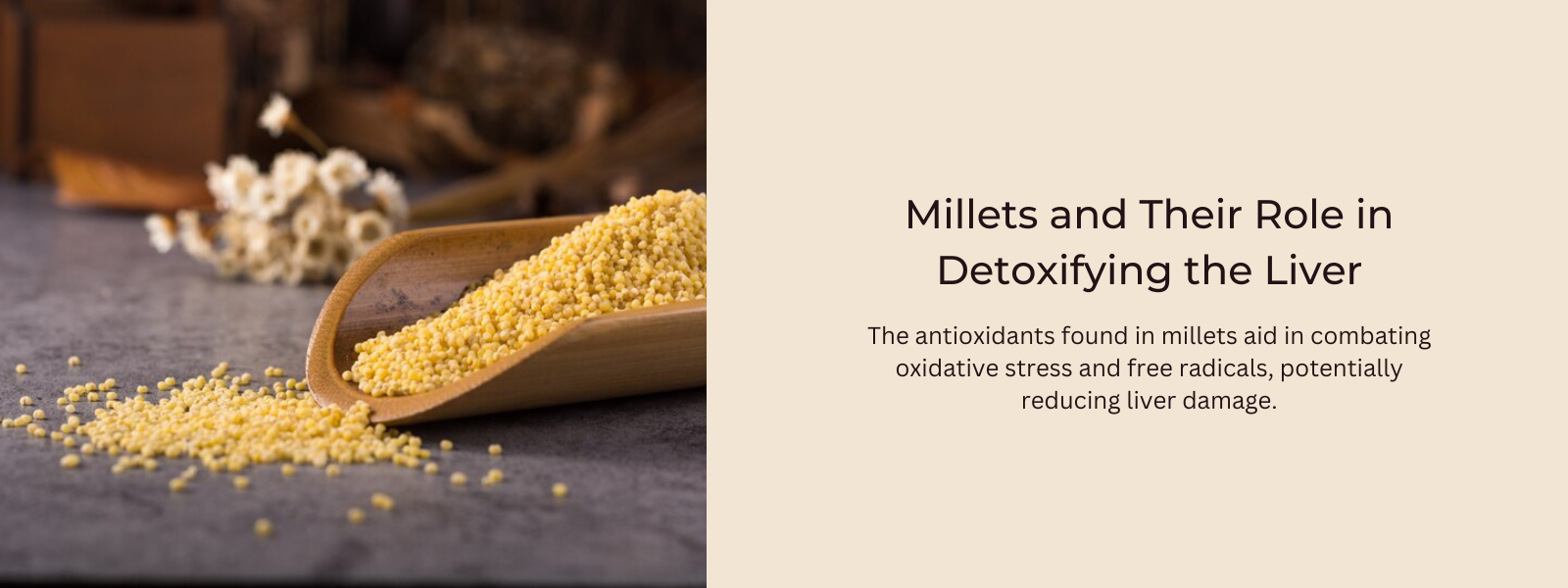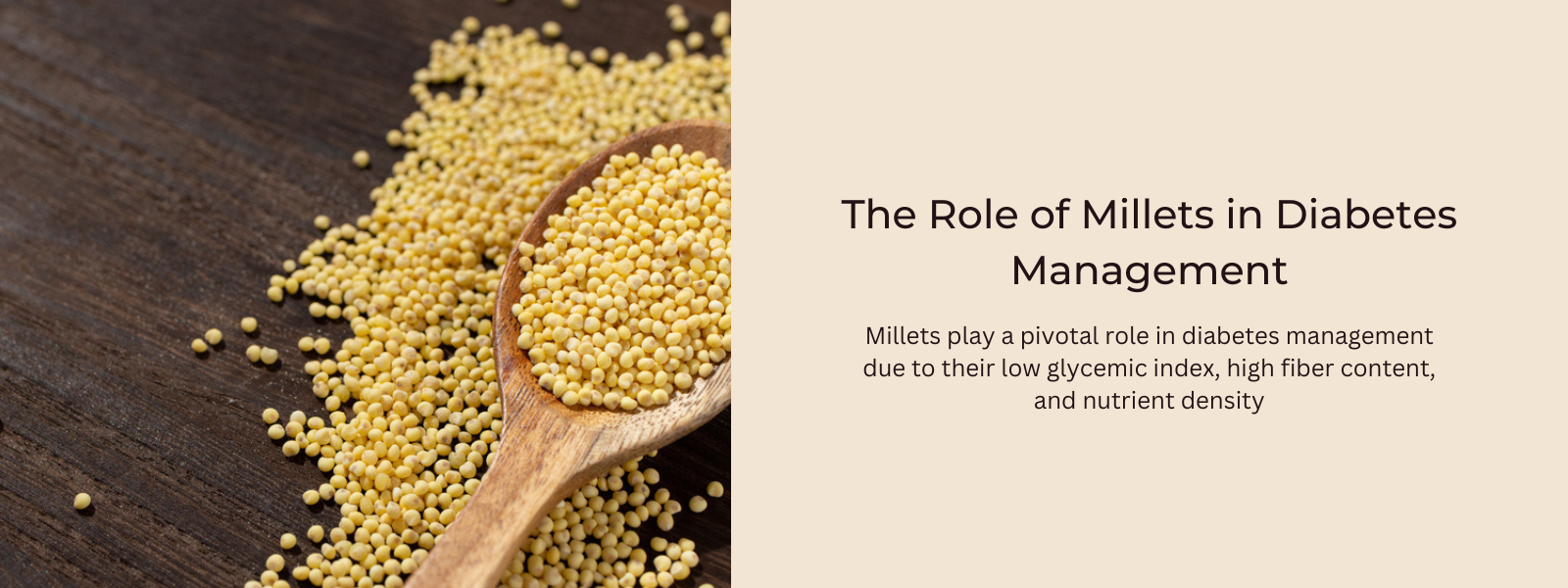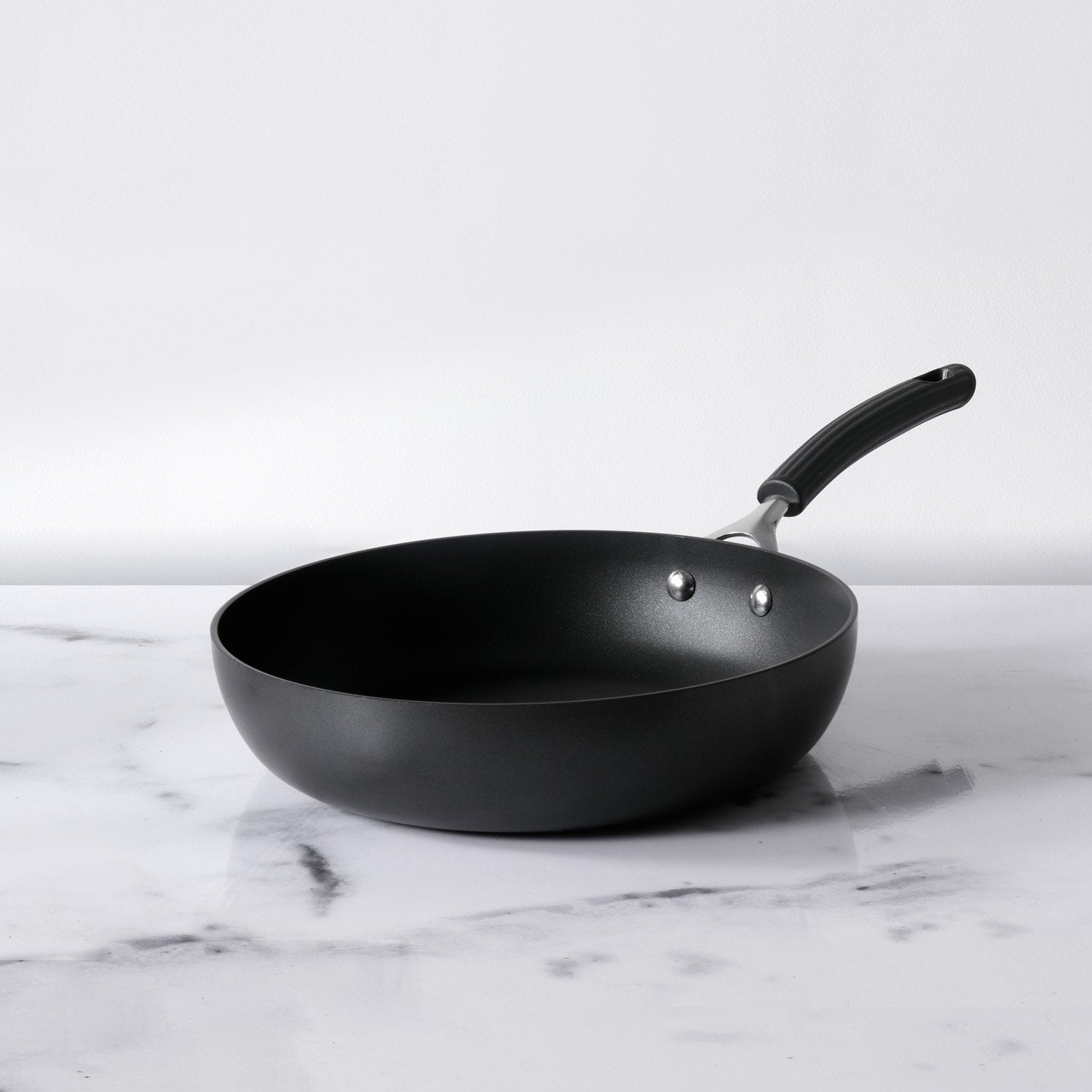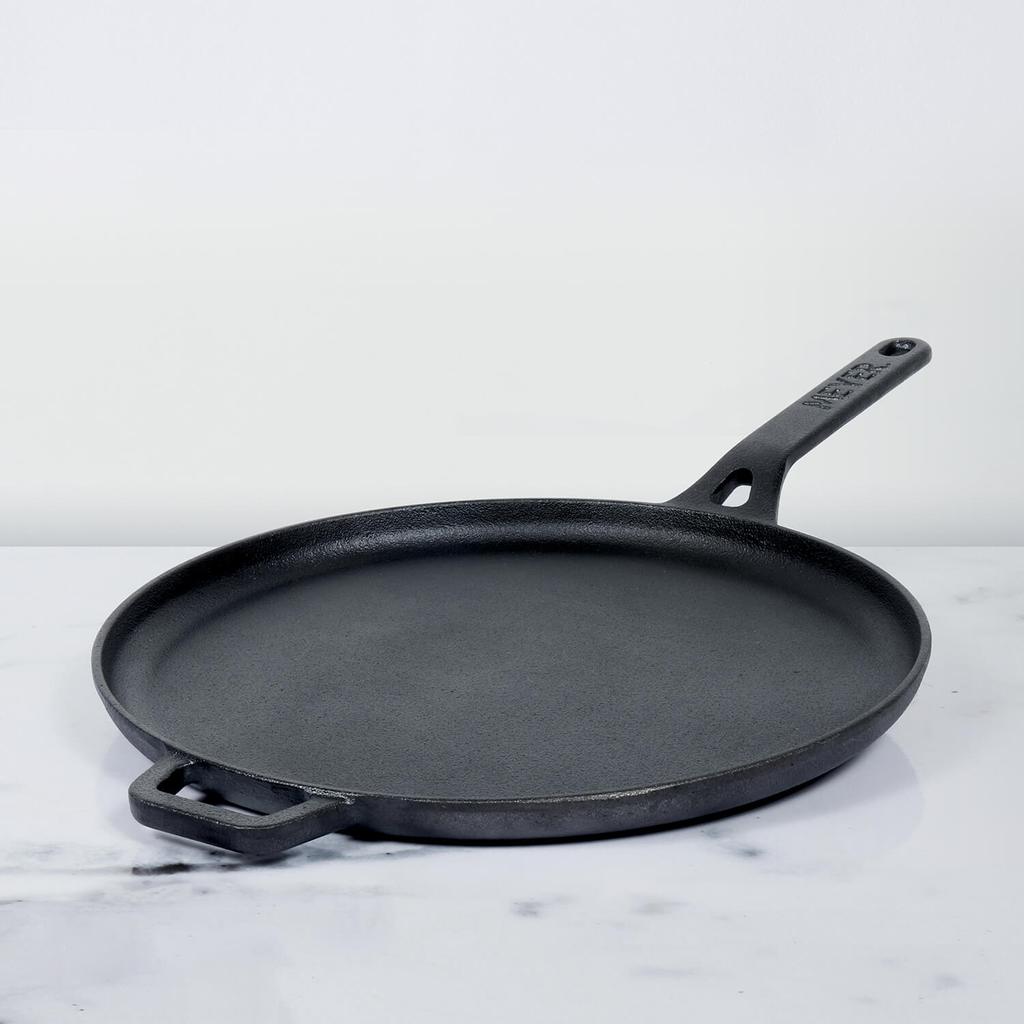Millets are an excellent addition to children's diets owing to their nutrient-rich composition and various health benefits. Varieties like finger millet (ragi), pearl millet, sorghum, and others offer essential nutrients such as iron, calcium, magnesium, B vitamins, and dietary fiber, crucial for children's growth and development. These grains are easily digestible and less likely to cause allergies, making them suitable for kids transitioning to solid foods.
Table of Contents
Why Are Millets Good For Children?
Millets are an excellent addition to children's diets owing to their nutrient-rich composition and various health benefits. Varieties like finger millet (ragi), pearl millet, sorghum, and others offer essential nutrients such as iron, calcium, magnesium, B vitamins, and dietary fiber, crucial for children's growth and development.
Are Millets Good For Infants?
Introducing millets to infants can be beneficial as they are generally well-tolerated and offer nutritional value. However, it's crucial to consider certain factors before incorporating millets into an infant's diet. Millets, particularly finger millet (ragi), can be an excellent choice due to their nutrient profile, including iron, calcium, B vitamins, and dietary fiber. They are easily digestible and can serve as a good weaning food when appropriately prepared and introduced at the right age, typically around 6 months. Millets, when ground into a fine powder and cooked to a thin consistency, can be incorporated into infant cereals or porridges to provide essential nutrients as part of their early solid food experiences. It's essential to consult with a pediatrician or a healthcare professional before introducing any new food to an infant's diet, ensuring it aligns with the child's developmental stage, nutritional needs, and potential allergies or sensitivities.
Health Benefits Of Millets For Kids:
- Nutrient-Rich: Millets, including finger millet (ragi), pearl millet, sorghum, and others, are packed with essential nutrients such as iron, calcium, magnesium, B vitamins, and dietary fiber. These nutrients are crucial for children's growth, development, and overall well-being.
- Ease of Digestion: Millets are generally easily digestible, making them suitable for children, especially those transitioning to solid foods. They are less likely to cause allergies compared to some other grains.
- Balanced Nutrition: Millets offer a good balance of carbohydrates, proteins, and healthy fats, providing children with the necessary energy and nutrients for their growth and development. The fiber content supports healthy digestion and regulates bowel movements.
- Gluten-Free Options: Some millets, like finger millet and pearl millet, are naturally gluten-free, making them safe for children with gluten sensitivities or celiac disease.
- Versatility in Cooking: Millets can be used in various child-friendly recipes such as porridges, pancakes, dosas, and baked goods, making it easier to incorporate them into a child's diet in diverse and tasty ways.
-
Encouraging Healthy Eating Habits: Introducing millets into a child's diet at an early age exposes them to a variety of nutritious foods, potentially influencing healthy eating habits as they grow older.
Kids-Friendly Millet Recipes:
Here are some kid-friendly millet recipes that can be both nutritious and delicious:
- Millet Pancakes: Substitute a portion of regular flour with millet flour to make pancakes. Add mashed bananas or berries for extra flavor and nutrients.
- Millet Porridge: Cook millets like finger millet (ragi) or pearl millet with milk (or a dairy-free alternative) and a sweetener like honey or mashed fruits for a creamy and nutritious porridge.
- Millet Veggie Cutlets: Mix cooked and mashed millets with finely chopped vegetables, add breadcrumbs, shape into patties, and pan-fry or bake for healthy and tasty veggie cutlets.
- Millet Dosa: Prepare dosa batter by blending soaked millets (like foxtail millet or finger millet) with rice and lentils. Cook like regular dosas and serve with chutney or sambar.
- Millet Energy Bars: Combine popped millet with nuts, seeds, dried fruits, and a binder like honey or nut butter. Press into bars and refrigerate for homemade energy bars.
- Millet Cookies: Use millet flour in cookie recipes, adding oats, nuts, or dried fruits for texture and nutrients.
- Millet Veggie Soup: Use cooked millets as an addition to vegetable soups or stews to increase their nutritional value and create a heartier meal.










Leave a comment